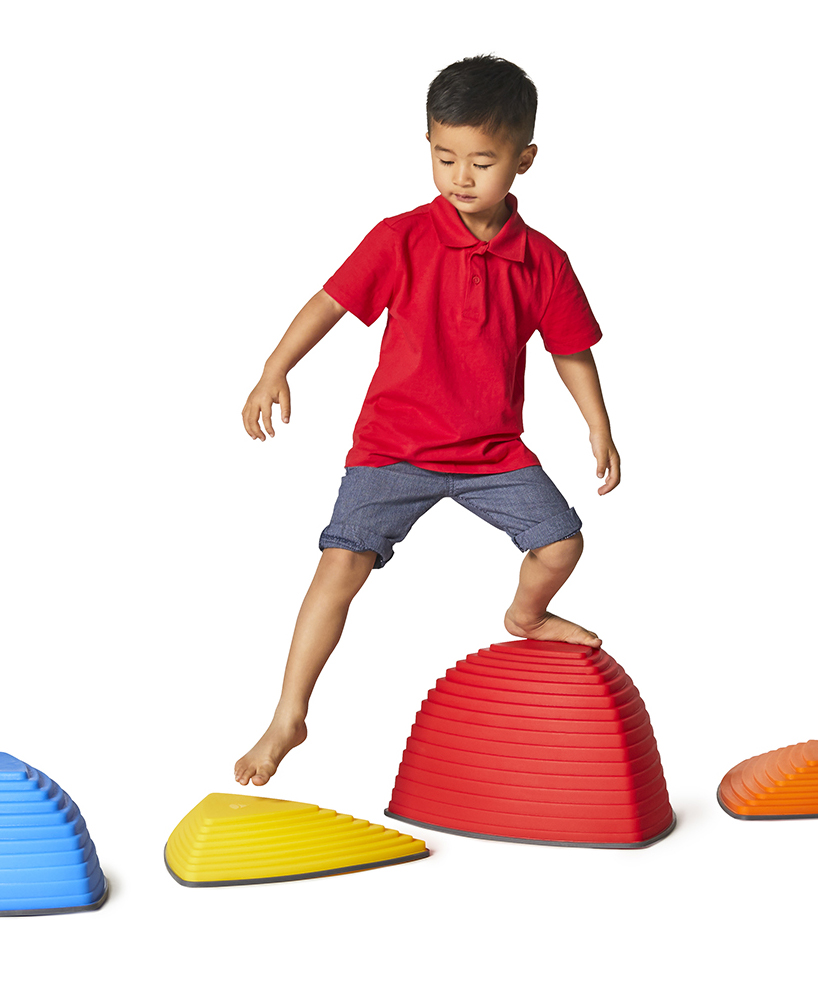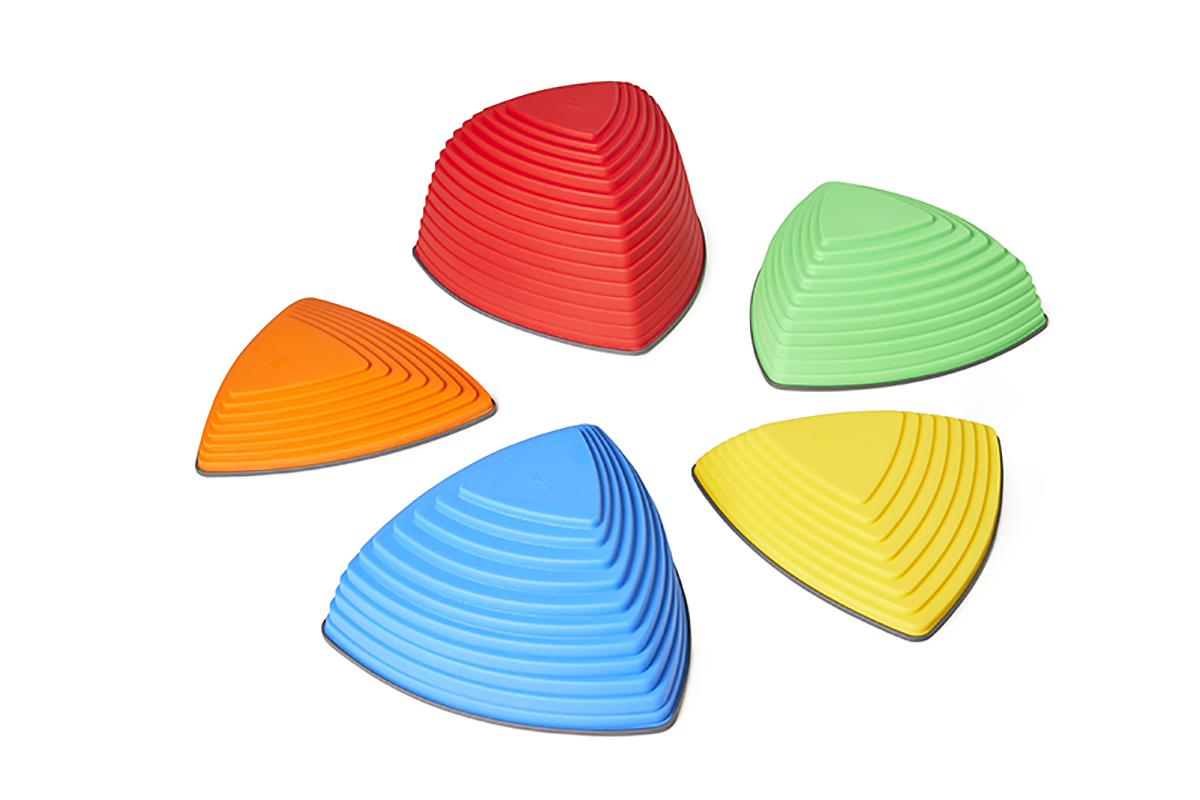
In good quality movement, where the rhythm, flow, force, and strength of movement are adapted to the task in hand, the muscles on both sides of our joints work well together. Concentric and eccentric muscle work constitute a cooperation.
In concentric muscle work, the muscle on one side of the joint contracts, i.e., it shortens. Meanwhile, eccentric muscle work occurs on the other side of the joint where the muscle relaxes and elongates. When the work on both sides of the joint is smooth and simultaneous, the movement is even and of good quality. To illustrate the difference between eccentric and concentric muscular work, think about walking up and down stairs: When we ascend stairs, most of the muscle work we employ is concentric: The muscle at front thigh contracts so that we can lift our body up onto the next step. We employ eccentric muscle work mostly when we descend stairs. The thigh muscle elongates and stretches until the opposite foot hits the next step down.
Eccentric work is hard work, and it requires strength. If the muscles are not strong enough to perform eccentric work, walking downstairs is noisy. If the muscle is weak and fails to restrain the movement, the foot more or less drops down onto the next step.







